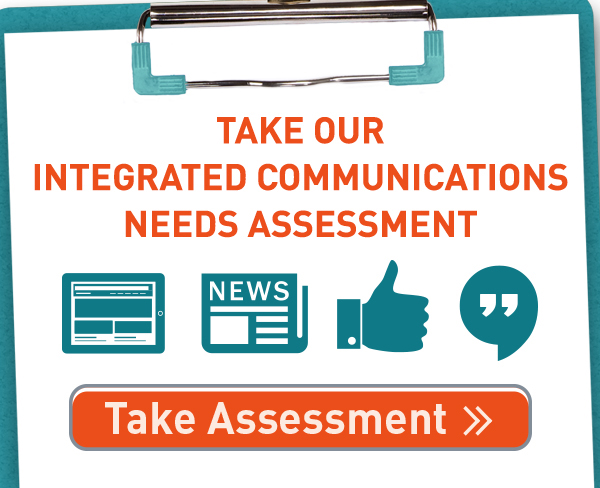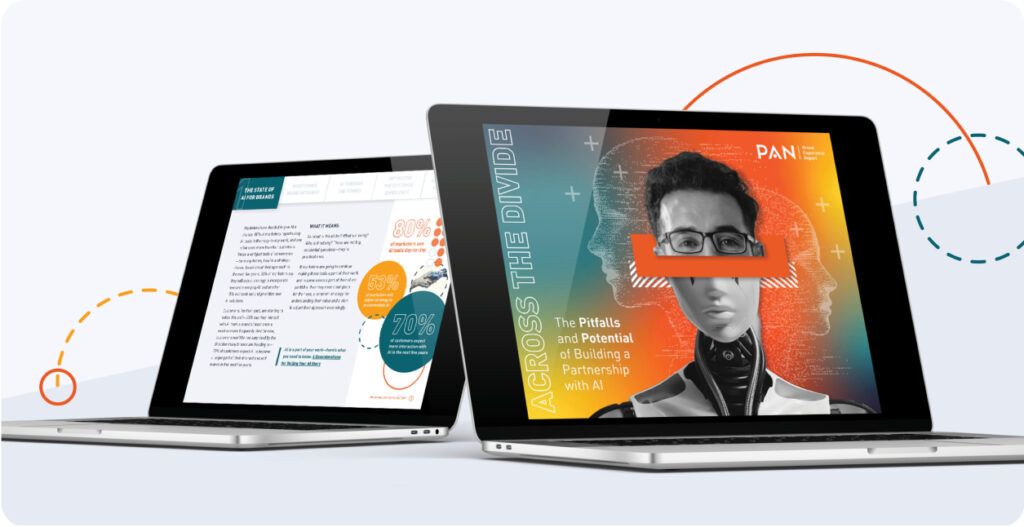It’s elemental to marketers: properly understanding and targeting your audience can be the difference between success and failure of a campaign. However, “audience” is a broad term, and will likely include many different types of individuals, groups and/or “personas”. Marketers are realizing that they must understand the value of gathering insights to drive more personalized marketing programs. Personas are generally “ideals” of your target customer— traits that you build to better understand the needs, interests, and behavior of existing and potential customers. Personas, when linked (or engaged) with your brand’s content, become the foundation of a very powerful marketing campaign that will drive outcome and action. This is more important now than ever as the shift to inbound is well underway and the customer, regardless of industry, is truly empowered to embrace a brand at their choice, pace and place.
Once you have your audience personas mapped, how do you reach, engage and reward their interest? Are they simply a single transaction or potential superstar brand advocate? If marketing teams are not taking the time to understand behaviors of their customer then they are missing a huge opportunity to build loyalty and trust. Every customer engagement is dynamic. They consistently change, grow and develop along the pathway to purchase. It’s the post purchase opportunity that marketers will be challenged with – and persona insights will provide a level of visibility to leverage the possibilities.

Image by Stefano Montagner used under CC license.
We’ve outlined five steps below to help marketers with developing personas profiles that are more dynamic and can deliver better results to your marketing program throughout the customer’s lifecycle.
Building Your Persona(s)
Gathering information about your personas starts with research into both existing customers and desired or aspirational customers. Examine your own data as well as data from external resources. Review industry reports or assess your business performance from years past to start to get a better handle on your target customer. Look at their demographics, psychographics, roles and responsibilities, challenges and fears, and the tone, tenor and rhythm of previous customer engagements. All of this is a perfect first step. But this data only goes so far; you need to examine both quantitative data as well as qualitative. When did you last observe, talk to, or engage with someone from this targeted segment? What are the conversations your departments—sales, account management, customer service, etc., are having with customers and prospects. Engage your team and ask them to help you understand your buyers a bit further. Maybe it is time to get informal and survey customers and prospects about their pain points, what they value in a solution and what their plans for the future look like. Scientists call this “field research” and like the scientist, marketers need to get out of the “lab” often to truly understand the real world experience of their customers. This will provide a deeper understanding of your audience and help to build “smarter” marketing campaigns with a personalized interest.
Analyzing Your Persona
The next step is analysis. Persona data must be juxtaposed and connected with lifecycle stages to provide a complete picture of what type of content your audience target will value. This is the second dimension of persona building and it’s based on time and persona maturity/development. Marketers must understand it’s a customers’ journey (not your journey) and the need to adjust your marketing campaigns to the agility of the empowered customer becomes a critical step. In essence, the customer persona is not static; it’s a living, breathing “character” that develops over time. Therefore, it is your number one goal as a marketer to develop the right content that is going to engage that persona at each point in their lifecycle. Are they aware of your company? Are they in a position to purchase or merely just understanding what their purchasing options are? How critical is your product or service to them at each point in their customer navigation? What do they value and when do they value it the most? Do they TRUST you?
Measure Your Success
Only 35% of marketing executives say they can calculate the ROI of their marketing spend most or all of the time, according to a survey by B2B Marketing. The rest of those surveyed admitted that they can calculate ROI some of the time, rarely, or not at all. Read more here.
Measurement cannot be an afterthought when creating personas that you market to; it needs to be foundational and part of the content’s DNA. How are you going to measure the impact of your campaign without identifying the criteria to measure within your target audience’s mix? There is no silver bullet to measurement and it will be different from brand to brand depending on product or service, the lifecycle of your target customer and how you envision engaging with that customer throughout their connection with your brand. While conversions (sales) are the ultimate measurement, are there measurements pre- and post- purchase that should be evaluated and utilized as triggers to determine the success of your content marketing program? Are there opportunities to take different paths when engaging with a customer during these important stages? How does the target persona value the content you are providing them on the vehicles that you are utilizing (multi-device, omni-channel experiences) and how effective are those vehicles (e.g. mobile, social etc.) in terms of making engagement happen? Marketers need to create a path to measurement that aligns to your audience’s behaviors and creates visibilities for your team to adjust in real time in order to capitalize on any and all purchasing opportunity.
Test Your Persona(s) for Engagement
The only real effective ways to see how successful a marketing campaign will be is to actually make it happen. Even the most skillfully drawn customer personas can be flawed or the content you offer your targets just may not be the “right” content at the “right” time. Marketers need to spend cycles thinking of external factors such as macro events, trends, news, competitive barriers and changing behaviors of their customer (think stages of life, work, relationships, technology, etc.). The main point is that your audience has many opportunities to be distracted and disengage. Your goal as a marketer is not only to keep them involved, but also to keep them on the buying journey. Disengagement will present additional challenges that every marketer will face – it’s how you respond with personalized attention through smart content that will help minimize that problem.
To do this, marketers may wish to consider small-batch tests within different target personas. Social media allows marketers to experiment like never before and at low cost. These tests can help marketers gather additional insights about their target personas and can also help them understand the time and place on the customers’ journey that promises the most potential for conversion. This additional information provides real time, real world understanding of what turns a customer on or off and allows marketers to bring even more life to their personas. A mistake in your bigger campaign execution can be avoided with testing and better understanding what makes for a great campaign. There is never a limit to the depth of understanding a marketer can have about your customers. However, if you are from the marketing mindset that this isn’t a sprint – but a marathon don’t be afraid to pause, test, adjust and execute what will be a more engaging program that will convert leads and impact sales. You’ll reap the reward in the long run and build a far more passionate customer base.
Go Big and Learn
Persona development does not end there. A key objective of any marketing campaign is to acquire new knowledge and key learnings about your customers that can be acted upon during the next marketing push and help keep those buyers returning on the path to purchase. When you go big with a campaign, lead conversion may be the most important KPI, but the continued evolution and development of your understanding of your audience is just as important. During and after your campaign, check in on performance and how the targeted audience is reacting. Are they engaged at all? Are they clicking links or filling out a contact form? What has been the commentary from customers on social sites? Is there an influx of ask for more information? Do these asks then carry over into actual leads?
Persona marketing, coupled with content, measurement and successful execution, has given marketers a new science to develop and engage in effective marketing campaigns for their brands. But it all begins with understanding the target buyer and what keeps them engaged on the path to purchase. By applying these five approaches to developing dynamic customer personas, marketers will find themselves more effective and better equipped for the next personalized marketing push and as they bring their customers though a journey that will continue to evolve – and reward!



